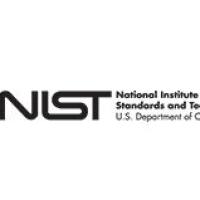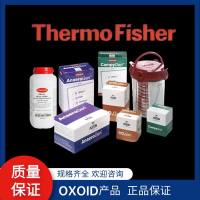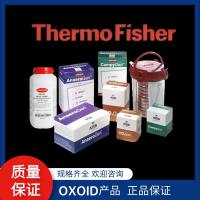Genotoxicity Testing in Schizosaccharomyces pombe
互联网
467
During the last 20 yr, the established molecular relationship between mutagenicity and carcinogenicity has been exploited in the development of numerous microbial tests designed to detect mutagenic activity and hence predict carcinogenic activity in industrial and environmental chemicals. The best documented and most widely used of these systems, the Ames test, monitors reversion to prototrophy in histidine-requiring strains of the bacterium, Salmonella typhimurium . In order to supply the necessary eukaryotic enzymes to convert promutagens to active mutagenic species, this bioassay requires the addition of a rodent-derived microsomal fraction, the so-called S9 mix. It has long been argued, however, that as eukaryotic test organisms, such as yeast, provide an endogenous supply of metabolic activation, increasing then use would, in turn, reduce the demand for experimental animals in genotoxicity testing.









